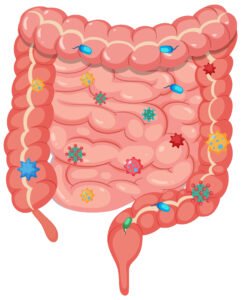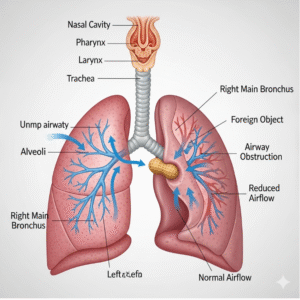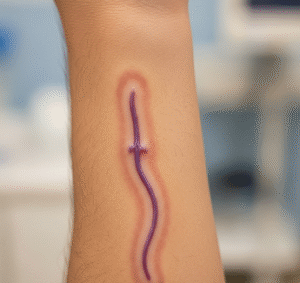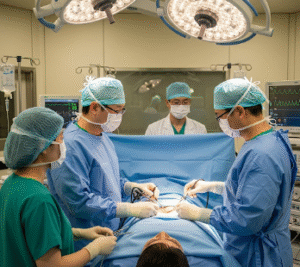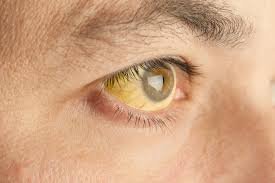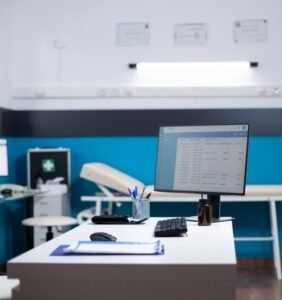What It Is
Diced Cartilage Fascia (DCF) is an advanced rhinoplasty technique used for dorsal augmentation and nasal contour refinement. The procedure involves harvesting cartilage (from the septum, ear, or rib), dicing it into small pieces, and wrapping it in fascia (usually from the temporal region or rectus sheath). This graft is then placed on the nasal dorsum to achieve smooth, natural-looking elevation and contour.
Why It’s Done
DCF is chosen to:
- Correct nasal dorsum irregularities
- Enhance nasal bridge projection
- Refine the nasal shape for a harmonious profile
- Reduce the risk of warping compared to solid cartilage grafts
It is particularly suitable for patients requiring dorsal augmentation after trauma, previous rhinoplasty, or congenital deformities.
Alternatives
Alternatives include:
- Traditional solid cartilage grafts, though they carry a higher risk of warping
- Alloplastic implants, which may be used but have increased infection or extrusion risks
- Non-surgical fillers for temporary augmentation, though they lack long-term durability
Preparation
Before surgery, patients undergo consultation with a Korean plastic surgeon to evaluate nasal anatomy, cartilage availability, and skin thickness. Preparation often includes:
- Avoiding smoking and blood-thinning medications
- Completing lab tests and imaging studies
- Fasting if general anesthesia will be used
How It’s Done
The procedure is performed under local anesthesia with sedation or general anesthesia. Cartilage is harvested, diced into small uniform pieces, and wrapped in fascia. The prepared graft is then placed precisely on the nasal dorsum. The surgery usually lasts 1–2 hours, often on an outpatient basis.
Recovery
Postoperative care involves managing swelling and mild discomfort. Patients are advised to avoid trauma, strenuous activities, and facial pressure. Splints may be used temporarily. Follow-up visits ensure the graft settles properly, achieving smooth contour and symmetry.
Possible Complications
Risks include:
- Graft displacement or resorption
- Infection or bleeding
- Asymmetry or irregular contour
- Dissatisfaction with aesthetic results
Choosing a skilled Korean surgeon reduces complications and ensures natural, long-lasting outcomes.
Treatment Options in Korea
Diagnosis
Korean surgeons assess nasal structure using physical examination, 3D imaging, and preoperative simulations to plan optimal dorsal augmentation.
Medical Treatments
Non-surgical fillers may provide temporary dorsal enhancement but cannot replace structural support provided by DCF.
Surgical or Advanced Therapies
Korean rhinoplasty centers specialize in precise cartilage harvesting, ultrathin dicing techniques, and fascia wrapping to ensure smooth, durable, and natural results.
Rehabilitation and Support
Patients receive detailed postoperative care instructions, swelling management strategies, follow-up consultations, and access to international patient support services for safe and comfortable recovery.
Advantages of receiving treatment in Korea: expert surgeons, advanced grafting techniques, 3D surgical planning, high-quality outcomes, and cost-effective procedures for international patients.


